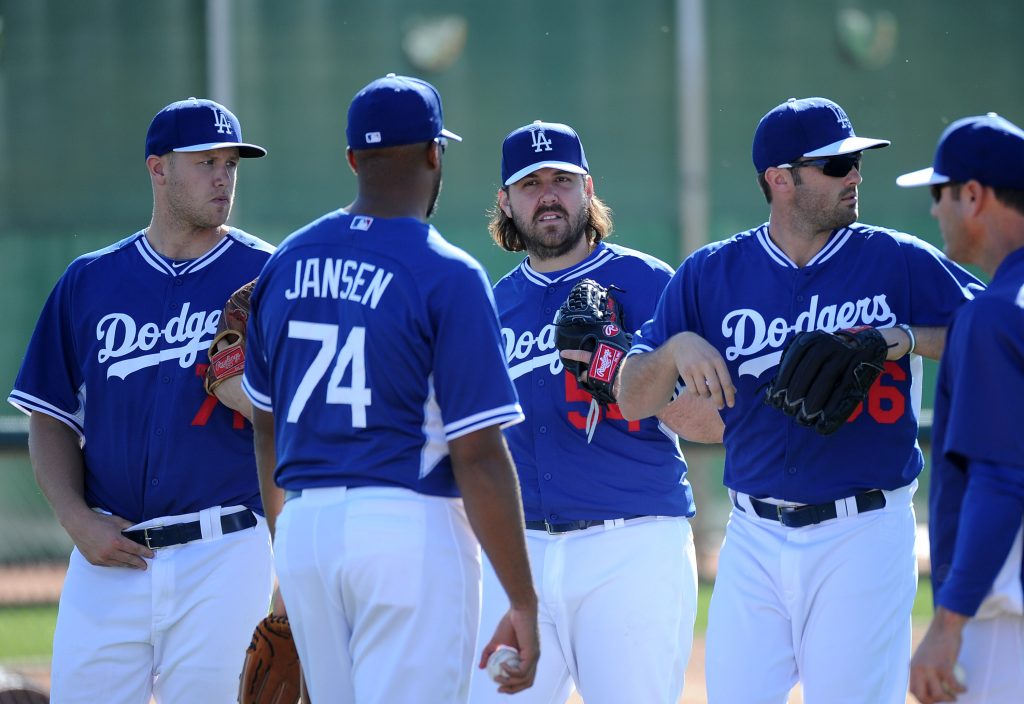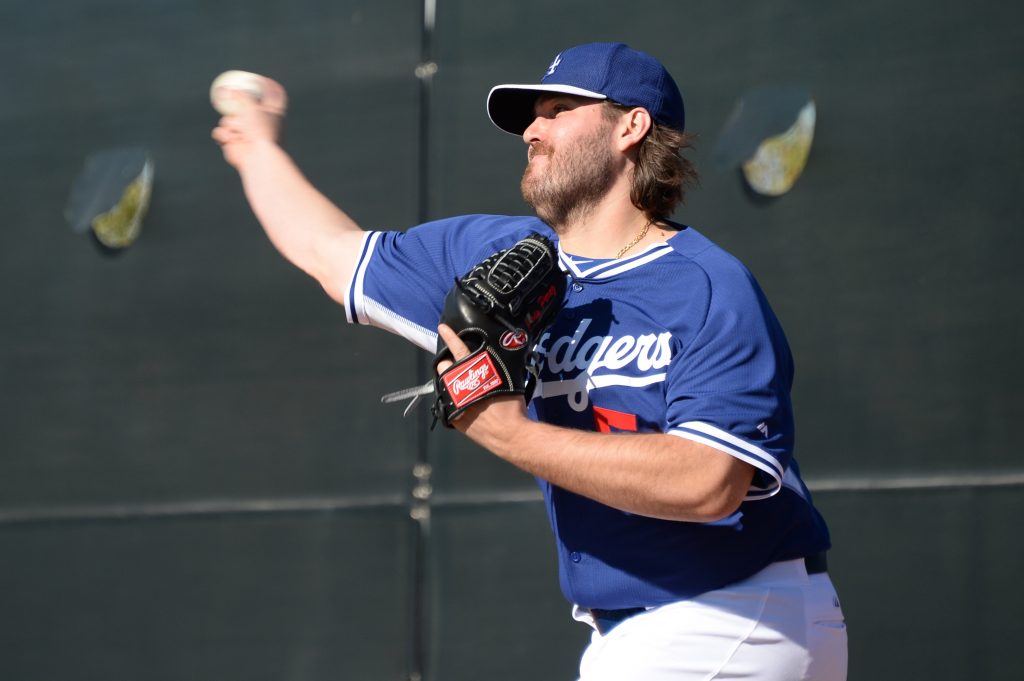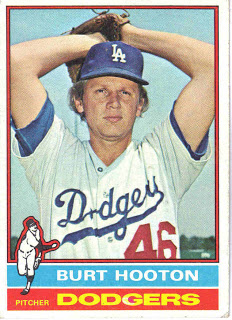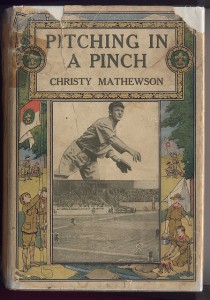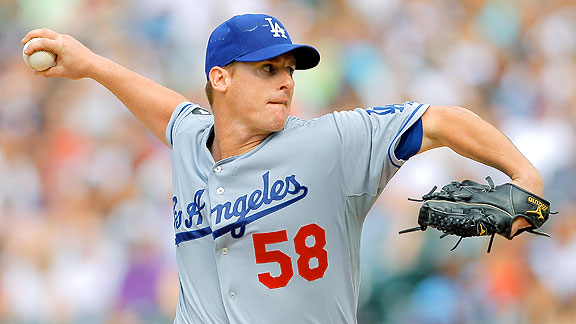Sandy Koufax is in the building: pic.twitter.com/z55q1r6fZv
— Los Angeles Dodgers (@Dodgers) February 16, 2014
By Jon Weisman
GLENDALE, Ariz. — It is quite humbling to walk in the same hallway with royalty. And in a sense, it happened more than once today, with Sandy Koufax and Clayton Kershaw.
Kershaw was the featured player at Spring Training this morning, going over to minor-league camp to face hitters for the first time this year. He threw about 25 pitches, and until the last one, the best swing was probably a foul ball grounded wide of third base.
Then, on Kershaw’s final pitch, minor-league free-agent signee Aaron Bates, who only joined the organization 19 days ago, shot a grounder up the middle. Kershaw reacted in midseason form, dropping down to snare the ball on one hop.
Clayton Kershaw in midseason Miyagi form: https://t.co/6KGGSN2Qj0
— Los Angeles Dodgers (@Dodgers) February 16, 2014
“It was good that I caught it — it might have hit me right in the shins,” Kershaw said with a laugh.
Kershaw, along with manager Don Mattingly, took numerous questions from reporters today on workload and how Kershaw will be used at the outset of the season. Because of the odd spacing of the early season schedule, Kershaw could start as many as three of the first six games of 2014 — March 22 in Sydney, March 30 in San Diego and April 4 against the Giants in Los Angeles. Kershaw is certainly willing, but Mattingly was wary of that possibility, as Ken Gurnick of MLB.com, Dylan Hernandez of the Times, Mark Saxon of ESPNLosAngeles.com, J.P. Hoornstra of the Daily News, Bill Plunkett of the Register and Eric Stephen of True Blue L.A. could tell you.
Mattingly discussed monitoring Kershaw’s innings in general after the lefty threw 259 innings in 2013 (including postseason), but raised a point that Kershaw also emphasized — the real thing to keep an eye on was stressful innings.
“You’d see it three or four times last year where it’s just not clean, he’s having to fight the whole game,” Mattingly said (via Saxon’s report). “Those wear on guys. There are other games where you throw nine innings, but it’s 10, 11 pitches an inning and it seems like he’s just out there playing catch.”
Said Kershaw (via Stephen): “I’ve never been a big fan of monitoring innings. I feel like throwing 100 pitches in nine innings is a lot different than throwing 100 pitches in five innings. I think stressful innings is what you have to monitor. Inning count isn’t a huge detriment, but the stressful innings really get you.”
There’s also the issue that the more often the Dodgers use Kershaw in those early games, the more stale such pitchers as Hyun-Jin Ryu and Dan Haren might become. In any case, there are weeks for this to play out.
Coincident to all this, Koufax walked into Camelback Ranch during the quiet period after workouts, with players trickling out the doors. No doubt, he and Kershaw will have a conversation, royalty meeting royalty. It happened about an hour after I asked Kershaw about the best advice the Hall of Famer had ever given him.
“Nothing that I want to talk about,” Kershaw said. “Sandy’s a pretty private guy, and I respect him so much. He talks about the game, and it’s just great to be around him.”
“It looks like you picked up some style since last year.” -Sandy Koufax “I’ve always had style, Sandy.” -Matt Kemp pic.twitter.com/DuCmuoMLdw
— Los Angeles Dodgers (@Dodgers) February 16, 2014

